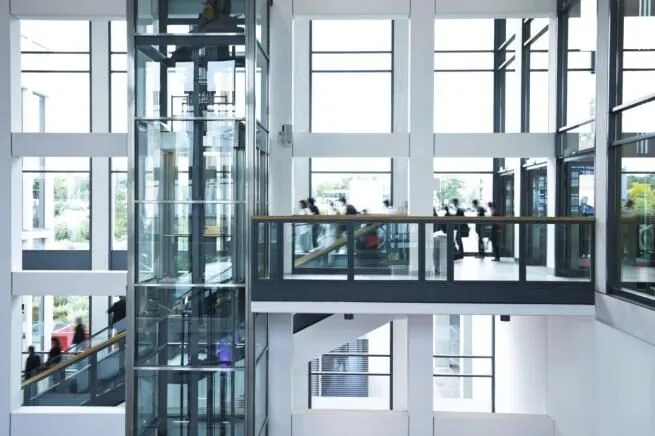Passenger lifts, also commonly known as elevators, are an integral part of modern architecture and a necessity for multi-story buildings. These vertical transportation devices not only provide convenience but also enhance accessibility for people of all abilities. In this guide, we’ll explore the various aspects of passenger lifts, their benefits, and the key considerations when choosing the right lift for your building.
Understanding Passenger Lifts
A passenger lift is a vertical transportation system designed to move people and goods between different floors of a building. It typically consists of a car (cabin), a counterweight, an electric motor, and a system of cables or hydraulic cylinders. Passenger lifts are essential in commercial buildings, residential complexes, hospitals, shopping malls, and other structures with multiple levels.
Benefits of Passenger Lifts
1. Enhanced Accessibility
Passenger lifts enhance accessibility for everyone, including individuals with mobility challenges. They ensure that all parts of a building are easily reachable, promoting inclusivity and complying with accessibility regulations.
2. Time Efficiency
Passenger lifts save time by swiftly moving people from one floor to another. This is especially crucial in high-rise buildings where taking the stairs would be impractical and time-consuming.
3. Increased Property Value
Having a well-maintained and modern passenger lift can significantly increase the overall value of a property. It adds a touch of sophistication and convenience that appeals to potential buyers or tenants.
4. Space Optimization
Passenger lifts take up minimal space compared to stairwells, allowing for better space utilization within a building. This is particularly important in urban areas where space is at a premium.
Key Considerations When Choosing a Passenger Lift
1. Capacity and Size
Consider the expected foot traffic in your building to determine the appropriate lift capacity. A lift’s size should accommodate the average number of passengers expected to use it at peak times.
2. Speed and Performance
The speed of a lift is critical for efficiency and user satisfaction. Depending on the building’s height and usage, choose a lift that offers optimal speed and performance.
3. Safety Features
Ensure the lift is equipped with modern safety features such as emergency braking systems, door interlocks, and emergency lighting. Compliance with safety standards is paramount for passenger lifts.
4. Energy Efficiency
opt for energy-efficient lifts that consume less power during operation. Not only does this reduce operational costs, but it also contributes to a more environmentally friendly building.
Conclusion
Passenger lifts are an essential part of modern urban living, providing convenience, accessibility, and efficiency within multi-story buildings. When selecting a passenger lift, carefully consider factors such as capacity, speed, safety features, and energy efficiency to ensure that the lift meets the specific needs of your building. Elevate your space and elevate the experience for all occupants with a reliable and well-designed passenger lift.

